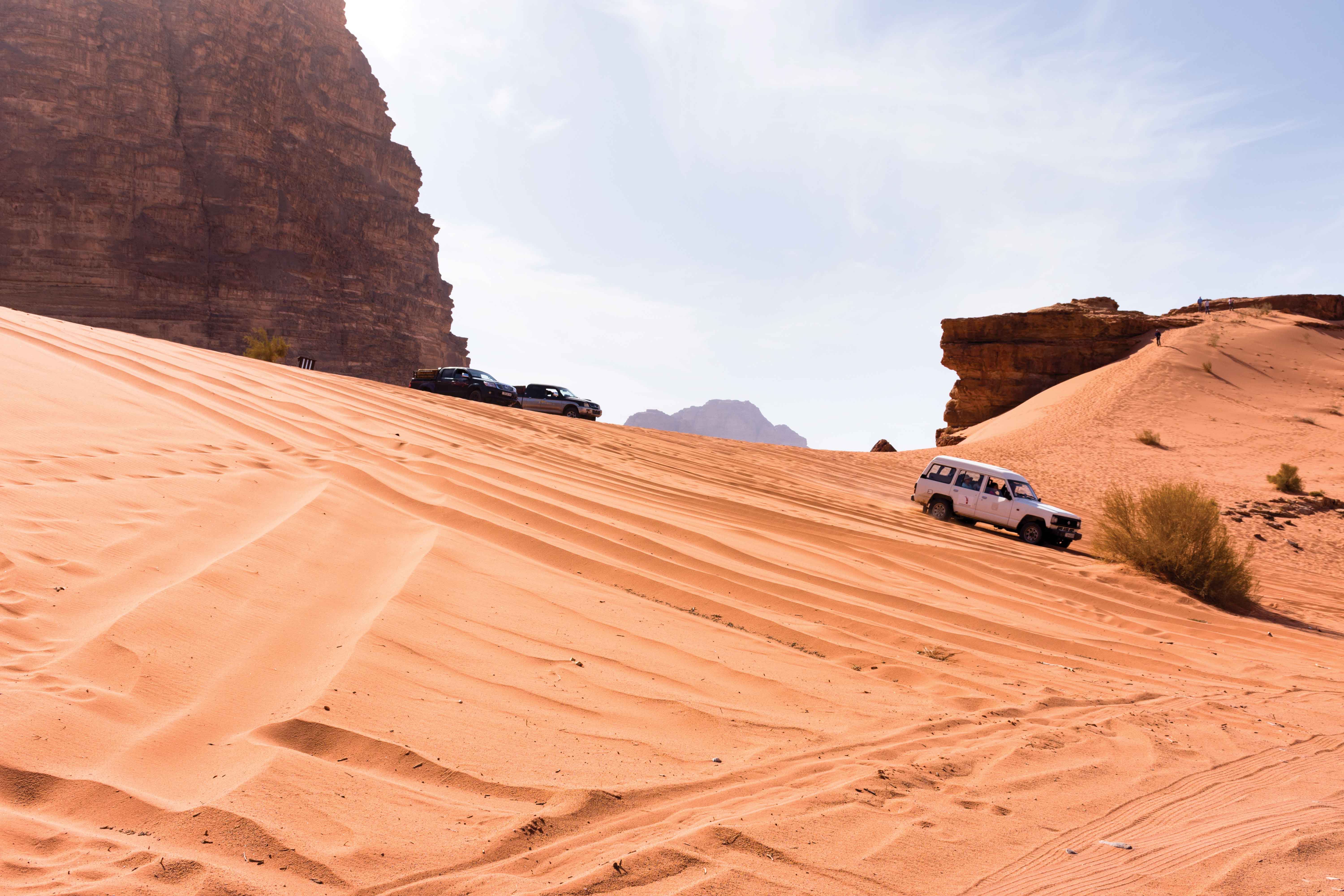
General Tire, a brand of Continental Automotive Group and a tyre manufacturer, is offering its top 10 off-roading tips for the ultimate all-terrain adventures in the Middle East.
Whether it’s exploring mountains and wadis or dune bashing in the desert, General Tire has the perfect advice to keep off-road explorers safe in the wilderness.
Here are the top 10 tips for drivers to know before going on an off -road trip:
1. Prepare
Preparation is the key to the most enjoyable off-road adventure. Motorists are urged to check everything – the vehicle, the weather, clothing and the kit. Drivers have to make sure they have plenty of water and food on-board, as well as a first aid kit and a fully charged communications device.
2. Recce your route
It is important to plan the route before setting off in order not to encounter any unexpected obstacles. If a driver comes across some terrain he or she is unsure of, it is important to get out of the vehicle and check out the landscape on foot.
3. Understand the weather
It may seem counter-intuitive, but it’s recommended to drive with the car windows down. It’s important a driver can hear the vehicle’s engine as well as understand the climate conditions outside of which the vehicle is up against.
4. Navigation
Route books, maps, GPS and a compass are all essential. However, if a driver finds himself lost and without these, he can use his watch as a compass – simply point the hour hand at the sun and find the centre line between the hour hand and 12o’clock – that’s the South line.
5. Tyre pressure
For driving in wadi beds and on mountains, drivers may encounter sharp rocks. Therefore, it is recommended to consider deflating the car tyres slightly to 20-25 psi (1.4–1.7 Bar). This will help avoid punctures and offer better traction on challenging surfaces. For dune driving, drivers are advised to deflate the car tyres to 14-15 psi (1 Bar). It is as important for drivers to beware and avoid any sharp turns; deflating the tyres too much can lead to a tyre being forced off of the rim.
6. Gears
Using lower gears will give the car more power and torque at lower speeds. For steep ascents and descents, drivers will mostly be using first and second gears; controlled speed will ensure drivers don’t lose traction and slide. The key to ultimate control is to use the engine to brake, not the foot brake. Using lower gears allows more controlled engine braking.
7. Trenches and gulleys
Drivers must never tackle trenches and gulleys straight on; they should always approach from an angle so that each tyre touches the ground surface as the car crosses it.
8. Crossing the crest of a dune
Drivers should always make sure they’re approaching the crest from the windward side of the dune – the sand will be firmer. There are two methods for crossing: Easy option – approach head-on and let the momentum carry the vehicle over the crest; hard option – approach at an angle and let each wheel pass over the crest one at a time, follow the fall line in the soft slip sand on the other side to avoid rolling over.
9. Stopping and starting
If stopping a vehicle on a slope, drivers should always stop in the direction of travel – gravity will help the car move off again when the driver is ready. Drivers are advised to try and roll to a halt, only using the foot brake very lightly to bring the vehicle to a final standstill. Heavy braking will almost certainly result in getting the car stuck in the sand.
10. Fuel
Drivers are advised to always make sure they have enough fuel for their offroad adventure. Off-roading uses significantly more fuel than driving on the road. If possible, it is recommended that drivers carry extra fuel cans on-board to avoid getting stranded in the desert.
—[email protected]